In New York’s Chelsea district there used to be a gallery that for a time greeted visitors with a sign hanging on the inside of its glass door that read ‘Fuck Off We’re Closed’. The Wrong Gallery, founded in 2002 by Maurizio Cattelan, Massimiliano Gioni and Ali Subotnick, advertised itself as the smallest exhibition space in New York. However, it never actually opened: it was the ‘back door to contemporary art’, its founders joked, but one that was ‘always locked’. Nevertheless, the doormat was covered in CVs mailed in by would-be gallery assistants and guards who hadn’t got the insider joke.
The Wrong Gallery was just a doorway, through which you could peer into a tiny vestibule of two and a half square feet; a hole drilled through the wall allowed a connection to the electricity supply of the neighbouring Andrew Kreps Gallery. The ‘Fuck Off We’re Closed’ sign was in fact an artwork by British artist Adam McEwen, and a subsequent display by Jamie Isenstein featured a ‘Will Return’ sign whose clock was motorised so that its hands always pointed 15 minutes into the future. The trompe-l’oeil space was leased on condition that the curators exhibit the work of the owner’s wife, and once a year – until they were evicted in 2005 – in between displays by Elizabeth Peyton, Paul McCarthy and Lawrence Weiner, they had what was shamelessly billed as the ‘Landlord’s Wife’s Show’.
Recreations of the Wrong Gallery were exhibited at Tate Modern in 2005 and the Whitney Biennial in 2006, and an edition of 1:6 scale models of the space with which you could play curator was sold; its founders hoped one day to have enough real estate to rival Gagosian, though split into minuscule lots. Now, with most galleries around the world having been for the past few months out of bounds, their shuttered white cubes have similarly been reduced to mere facades and closed thresholds. The many acres of high-rent real estate in New York’s Chelsea and London’s Mayfair, for example, have shrunk to all that the Wrong Gallery ever was: a window vitrine (a model adopted already by non-venues like the window-only space opened by Anton Kern Gallery in Tribeca this January).
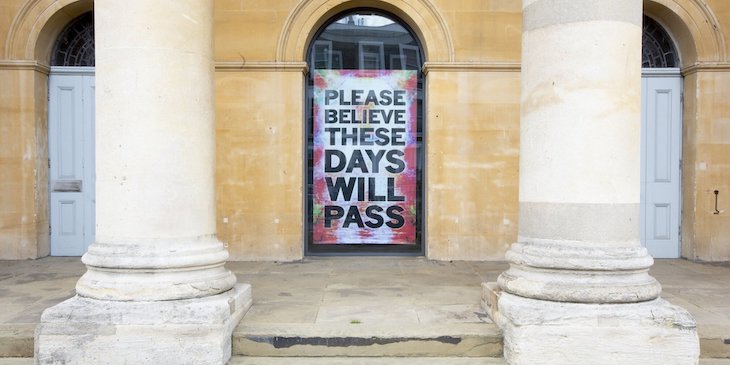
Poster by Mark Titchner installed in the window of the Zabludowicz Collection, London. Photo: David Bebber; courtesy the artist
In response, some gallery owners, as well as resorting to online viewing rooms and socially distanced appointment-only visits, have raised their window grilles and left the lights on to show work and support their artists. Passers-by, exhausted by the plethora of virtual programmes and digital museums, can still enjoy (and perhaps be inspired to buy) art encountered in the real world. In north London, as every other front room exhibits a hand-drawn rainbow or slogan to the street (stay home, stay safe, stay alert), turning homes into pop-up galleries, there is an anti-apocalyptic banner by Mark Titchner in the window of the Zabludowicz Collection: ‘Please Believe These Days Will Pass’.
Andy Warhol’s first exhibitions were department-store window displays. In 1955 the Fifth Avenue retailer Bonwit Teller, where Salvador Dalí had been commissioned in 1939 to design surrealistic windows depicting night and day, advertised a perfume called Mistigri by Jacques Griffe accompanied by designs by Warhol: wood panels decorated in his distinctive early scrawl of grinning cats, croupiers and tightrope walkers, with small cut-outs that opened on to bottles of scent. In 1961, for the same shop, he hung five of his paintings inspired by comic strips and newspaper advertisements behind mannequins, launching his Pop art style and his artistic career. ‘I’m still a commercial artist,’ Warhol told Flash Art in 1987. ‘I was always a commercial artist.’
Gene Moore, Bonwit Teller’s display director until 1961, also commissioned other young artists whose work he admired, including Jasper Johns and Robert Rauschenberg. They worried more than Warhol about the commercial association and collaborated under the pseudonym Matson Jones on huge cyanotype photographs, exhibiting these artworks as a backdrop to high-end fashion. They also used the store as a venue to launch their own work: Johns’ Flag on Orange Field was exhibited there in 1957, and Rauschenberg showed early mixed-media work in this consumerist setting. Rauschenberg persuaded Moore to hire James Rosenquist, and he too began living the same double life: ‘In the daytime I painted billboards and designed display windows for Bonwit Teller, Tiffany, and Bloomingdale’s; at night and on the weekends I hung out with artists and painted.’
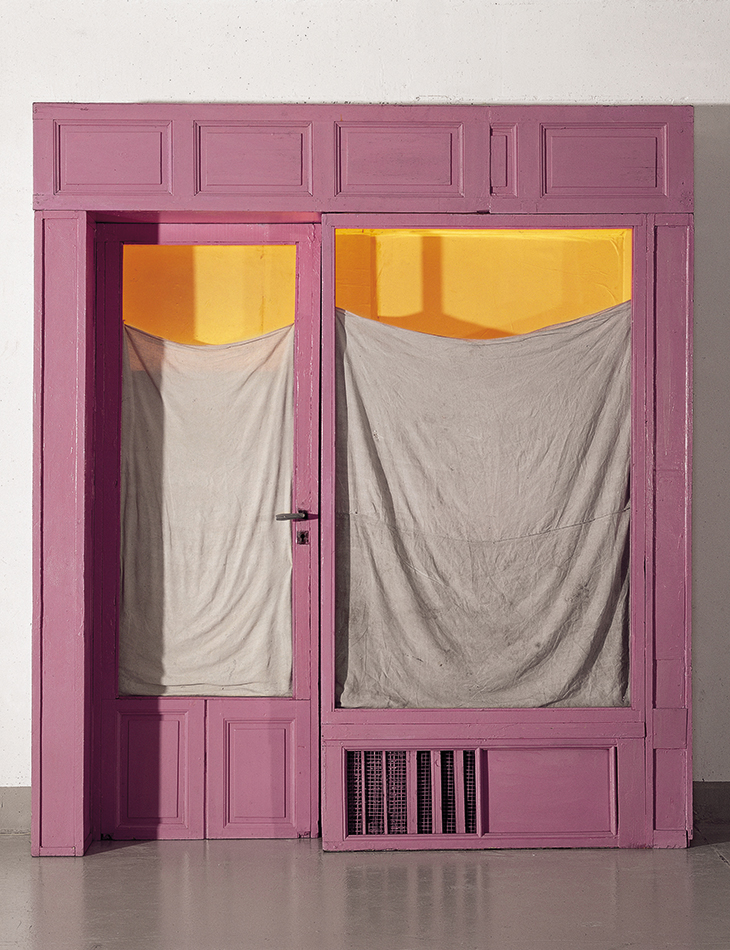
Purple Store Front (1964), Christo. Photo: Wolfgang Volz; © 1964 Christo
A recent arrival to New York in the mid 1960s, Christo – who died aged 84 at the end of May – created his Store Fronts with architectural fragments scavenged from skips, the display windows wrapped enigmatically in fabric and paper. New York in the 1970s was blighted by mass unemployment and a middle-class exodus, which saw much of the centre shuttered; Christo was unsuccessful in his attempts to gift-wrap MoMA and several skyscrapers – The Gates (2005) was the only project he realised in his adopted city.
In 1979 Bonwit Teller closed, and its windows were boarded up. The following year, the art deco building was demolished to make way for Trump Tower. The limestone bas-reliefs of dancing women that decorated the facade had been promised to the Met as a sweetener to help get planning, but when the future US president Donald Trump discovered the expense of dismantling them they were deliberately destroyed on his orders – he declared them to be ‘without artistic merit’.
Trump, who visited the Factory and likes to quote Warhol (‘Making money is art and working is art and good business is the best art’), commissioned the latter to create portraits of the building that happened to replace the one where Warhol got his first break. Warhol was always upset that Trump didn’t buy the eight silkscreens he created, showing a shiny edifice sprinkled with diamond dust that loomed above the silhouettes of the other skyscrapers of the New York skyline. ‘It was so strange, these people are so rich,’ Warhol noted in his diary of his meeting to discuss the commission. He described Trump as ‘butch’: ‘I think Trump’s sort of cheap, though, I get that feeling.’
From the July/August 2020 issue of Apollo. Preview and subscribe here.
Unlimited access from just $16 every 3 months
Subscribe to get unlimited and exclusive access to the top art stories, interviews and exhibition reviews.

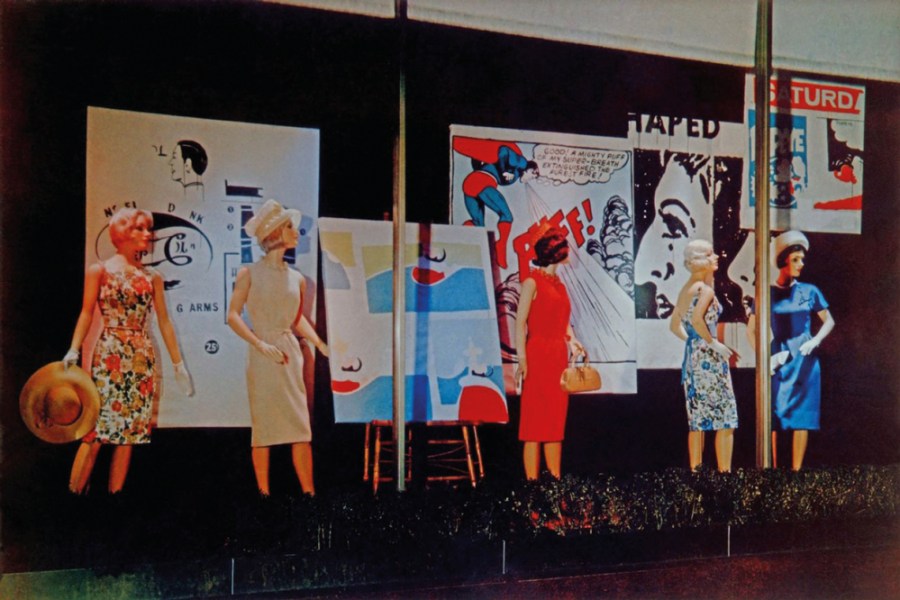
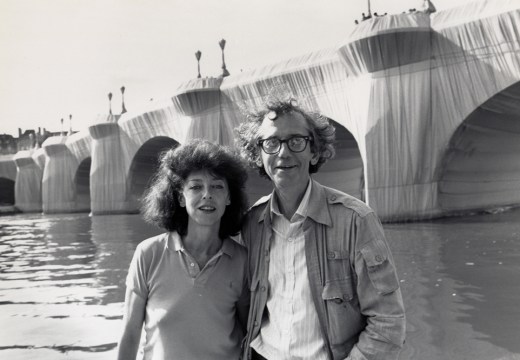
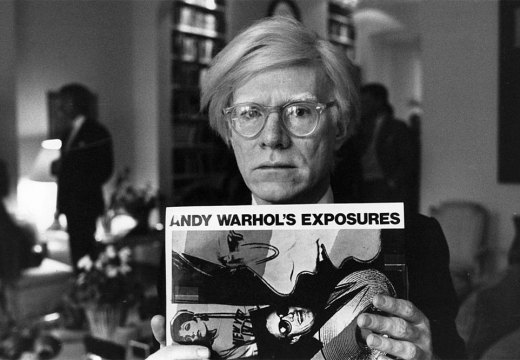
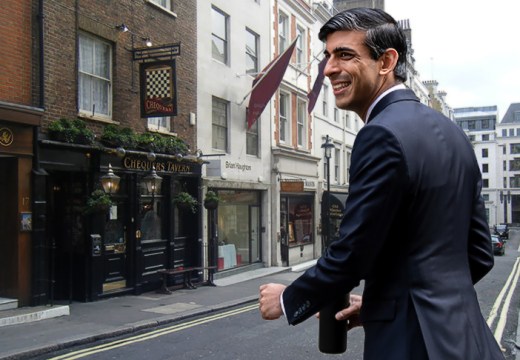









![Masterpiece [Re]discovery 2022. Photo: Ben Fisher Photography, courtesy of Masterpiece London](http://www.apollo-magazine.com/wp-content/uploads/2022/07/MPL2022_4263.jpg)
It’s time for the government of London to return to its rightful home